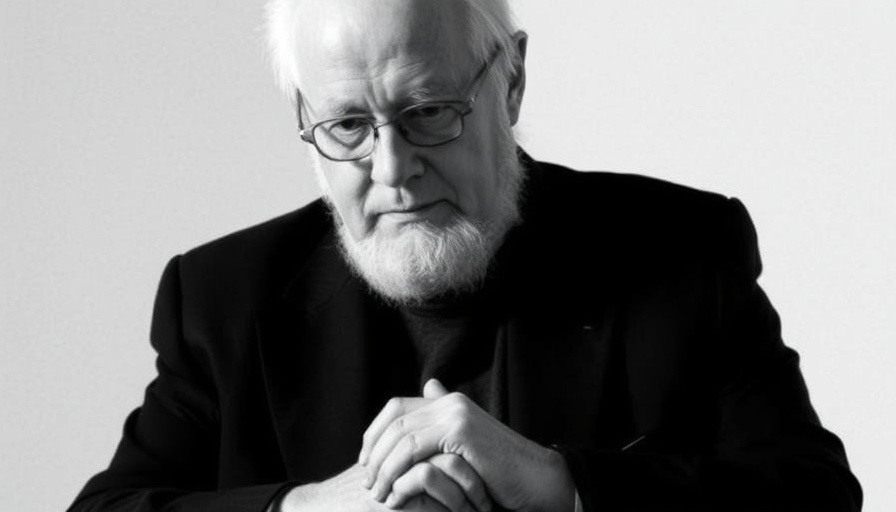
Unveiling Casa Susanna: A Safe Haven in the Catskills
In the 1960s, amidst societal confines and a lack of understanding of gender identities, a unique sanctuary emerged in the Catskill Mountains known as Casa Susanna. This cross-dressing community provided a liberating space for individuals, primarily men who identified as cross-dressers, to express their femininity away from the scrutinizing eyes of society. A recent exhibition at the Metropolitan Museum of Art sheds light on this hidden gem, showcasing over 160 photographs from this vibrant community that flourished under the radar.
A Treasure Unearthed: The Story Behind the Photos
The photos that now adorn the walls of esteemed galleries had a humble beginning, found by antique dealers rummaging through flea markets in 2004. Made by and for a community of self-identified "cross-dressers," these images reflect the everyday lives and candid moments that offered a peek into a world seldom acknowledged in mainstream culture. The curator of the show, Mia Fineman, notes that the participants in these photos weren't in flamboyant drag; rather, they donned conservative mid-century styles that demonstrated both elegance and authenticity.
The Impact of Casa Susanna on Trans Communities
Casa Susanna emerged from the imagination of two pioneering women, Susanna Valenti and her wife Marie Tornell, whose love story set the foundation for this empowering community. Tornell’s wig shop served as a bridge for Valenti, who, after purchasing a wig ostensibly for her sister, was met with understanding rather than judgement. It was this connection that ultimately led them to create a space where cross-dressing was welcomed and celebrated. As these moments reveal, Casa Susanna wasn’t just a haven; it was a groundbreaking movement that contributed to the broader narrative of queer history.
Exploring Cultural Significance: Why These Stories Matter
The reality faced by those who frequented Casa Susanna can be likened to a stage of arrested development, where many individuals lived dual lives—one that conformed to societal expectations as straight men, and another that allowed them to explore their true selves. This exhibition serves as a poignant reminder of the struggles and resilience within the trans community, depicting both heartbreak and empowerment through the lens of social history. As viewers, we are invited to reflect upon the importance of recognizing these stories within the larger cultural narrative.
In the Context of Today: Lessons to Be Learned
Casa Susanna's legacy lives on, prompting contemporary discussions about gender identity and expression. In recent years, increased visibility for trans individuals has created pathways for dialogue about acceptance, rights, and community. This historical insight offers valuable lessons about the perseverance of the human spirit and the vital role of safe spaces in affirming identity, suggesting that while progress has been made, it is essential to honor and learn from the past to foster an inclusive future.
Continuing Conversations: The Role of Art in LGBTQ Representation
This exhibition, featuring photographs and materials from Transvestia—a zine created by the Casa Susanna community—also highlights the power of visual art to challenge societal norms and celebrate alternative perspectives. As cultural historians and artists continue to tell these stories, it encourages a richer dialogue about gender fluidity and reinforces the idea that representation matters. The art world serves as a mirror, reflecting not only who we were but also who we aspire to be.
 Add Row
Add Row  Add
Add 




Write A Comment